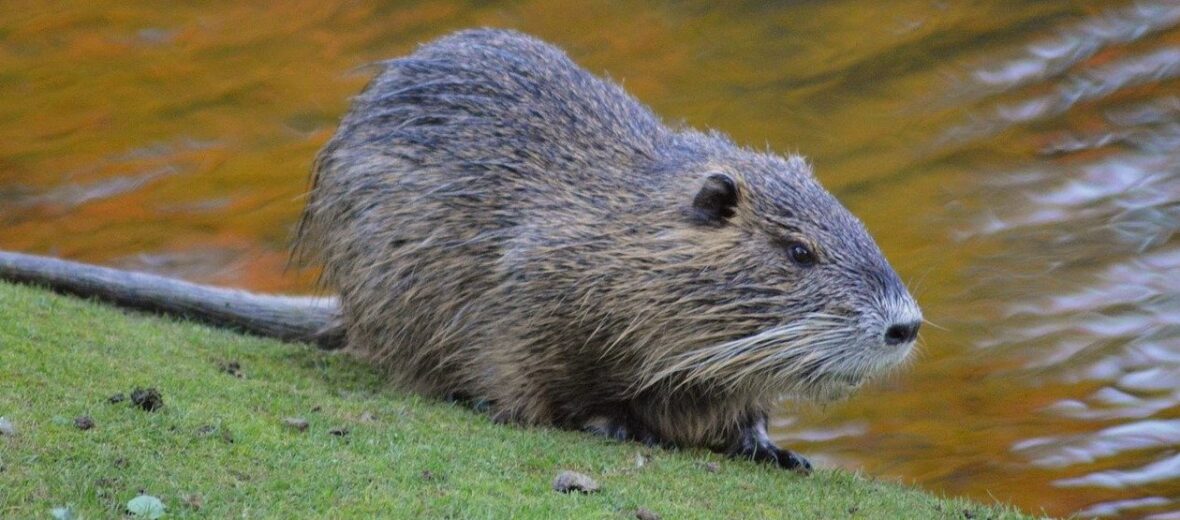
Being the second largest rodent in the world, after the capybara, beavers are a model for the industrious at heart. They are constantly gnawing on trunks and branches not only to make a den but to wear down their ever growing teeth. Fortunately, American beavers are listed as Least Concern by the IUCN. But climate change and habitat loss still affect them.
First the Stats…
Scientific name: Castor canadensis
Weight: Up to 71 lbs.
Length: Up to 3.3 feet
Lifespan: Up to 30 years
Now on to the Facts!
1.) When a beaver builds a dam, it does so not only for his safety, but for his mate. A mate that the beaver will stay with for life.
2.) The largest beaver dam measured nearly 2,790 feet in northern Alberta.
3.) A beaver’s front teeth are orange due to the iron concentrations in their teeth and these teeth must constantly be worn away or they will over grow. Their teeth are also very very sharp!
4.) Beavers have been around for a long time; since the ice age. Granted the beavers of ice age fame, called Castoroides, were much larger – 200 lbs. and 8 feet long! That’s a big beaver.
5.) A beaver also builds a dam to keep the icy cold out and their food safe below.
But wait, there’s more beavers!
6.) Typically there are 2 dens within the beaver lodge, one is for drying off and the other one is where the family of adults and 6 – 8 kits live.
7.) The beaver’s tail acts not only as a rudder in water but also as a balance for when they carry large items in their hands and teeth.
Did you know…?
Castoreum, a dark sticky substance that is secreted from the base of the tail and smells of vanilla, is also used as a natural food flavoring!
8.) The beaver can close its nostrils and ear canals when submerged to keep out water.
9.) Nictitating membranes or 3rd eyelids serve as goggles when the beaver is swimming underwater.
10.) They are mainly nocturnal (active at night).
But wait, there’s still more beavers!
11.) With their large tail, beavers will slap the water as an alarm to other beavers in the area that a predator is coming.
Did you know…?
Beavers can be found throughout North America, northern Mexico, and even in Europe.
12.) A beaver can stay under water for up to 15 minutes.
13.) The main predators to beavers are wolves, bears, eagles, coyotes, and humans.
14.) The beaver has a good sense of hearing, touch, and smell. It doesn’t have very good eye sight though.
15.) Beavers not only eat aspen, cottonwood, willow, birch, and maple (to name a few) they also eat pond weeds and water lilies. In captivity they also accept fruits and vegetables.
Now a Short Beaver Video!
Also, check out the Critter Science YouTube channel. Videos added frequently!
Want to suggest a critter for me to write about? Let me know here.



